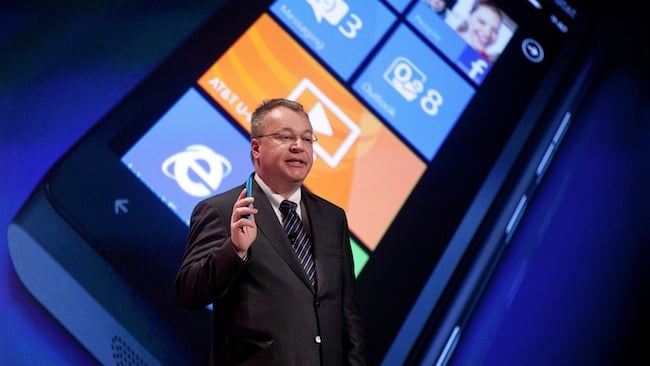This Sunday, the 8th of April, AT&T will start selling the Nokia Lumia 900 for just $99 with a 2 year contract. Design wise, it’s the Lumia 800, which itself is based on the Nokia N9, but with a 4.3 inch screen. Under the hood there’s a 4G LTE modem, but other than that … there’s nothing that makes this phone special. Consider this: The Nokia N9 was announced on June 21, 2011. That means that the Lumia 900 is using a design that for all intents and purposes is “old”. But forget about the design, I want to talk about software, and more importantly timing.
Windows 8, not Windows Phone 8, but Windows 8, the next version of Microsoft’s desktop operating system, is going to hit the market in October. The marketing campaign that’ll be behind it is going to be enormous, possibly several orders of magnitude more intense than whatever AT&T and Nokia are planning to do to promote the Lumia 900. Why is this important? Because people will see Windows 8, then they’ll see Windows Phone, and they’ll get it. They’ll see that the smartphone sitting on AT&T’s shelf has a connection to the computer that’s being advertised on TV.
And then there’s Windows Phone 8, codenamed Apollo. Rumor has it that it’s going to be announced in Q4 of this year and that devices running it will also be released during the same quarter. Assuming it’s going to be released during the same month as Windows 8, meaning October, that’s just half a year away.
Six months.
You’re telling me that Nokia couldn’t have waited six months to release a device that not only runs the next generation of Windows Phone, but also has the hardware specifications to compete with the latest and greatest Android devices? Yes, I know Windows Phone runs perfectly well on a single core processor with half a gigabyte of RAM, but most people compare numbers. Quad core is better than dual core, dual core is better than single core. It’s sad that marketing people have made the masses believe this, but it’s the reality we have to deal with.
Also, there’s an extremely high likelihood that today’s Windows Phones, as in every Windows Phone currently on the market, will not get updated to Windows Phone 8. Why? Because Windows Phone 8 will be based on a completely new kernel. This hasn’t been confirmed officially, but sources I’ve spoken to have said that this will indeed be the case.
So is it worth it for Nokia to release a smartphone today that uses a year old design and will be obsolete in just six months? In Europe and Asia, sure, why not, but in America? No. People will get the Lumia 900, they’ll realize Windows Phone Mango isn’t quite up to snuff, and they’ll promise themselves that they will never buy another Windows Phone.
